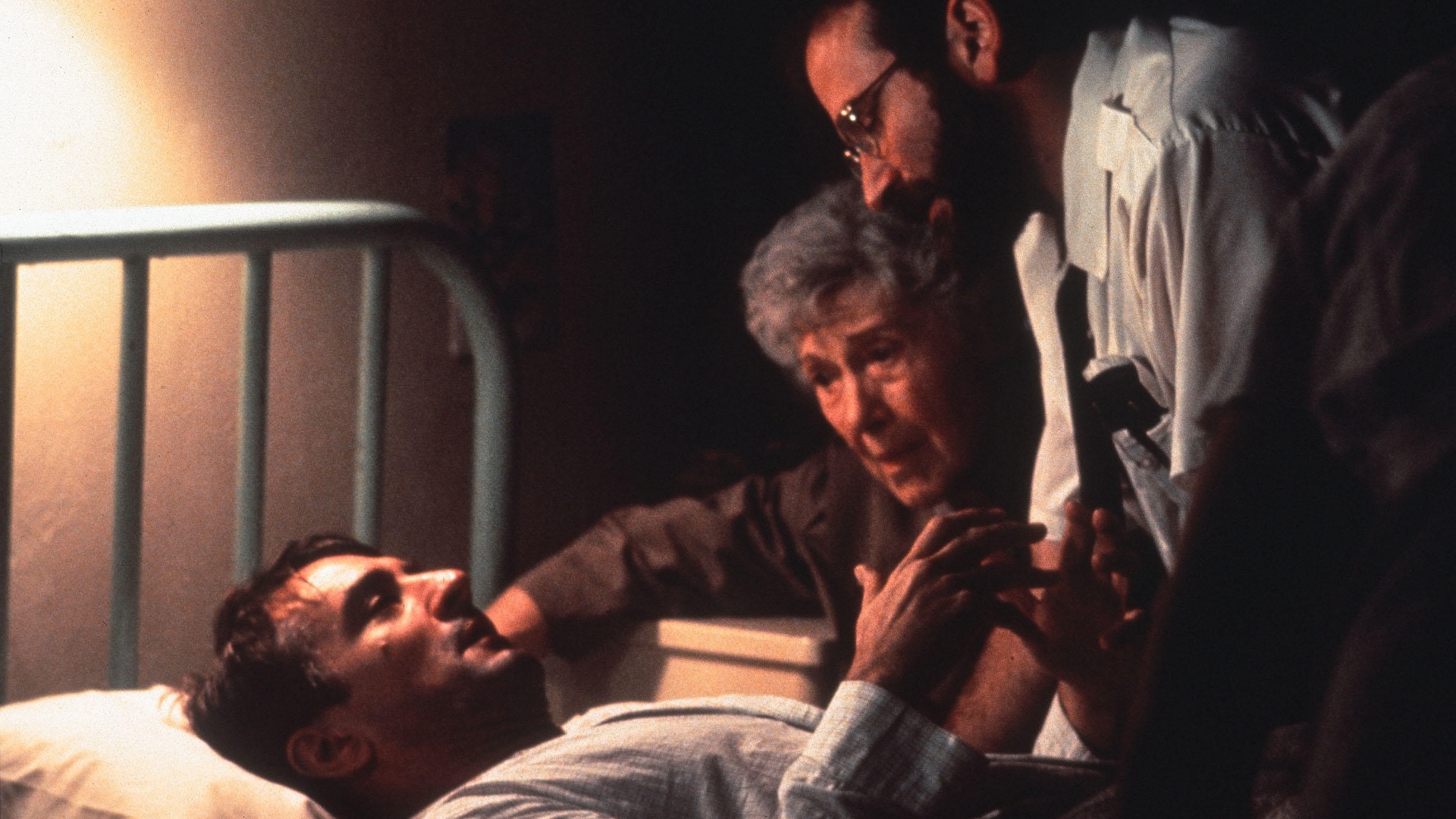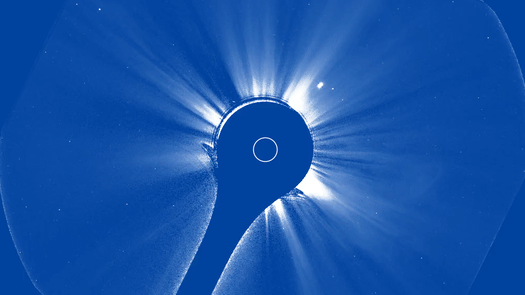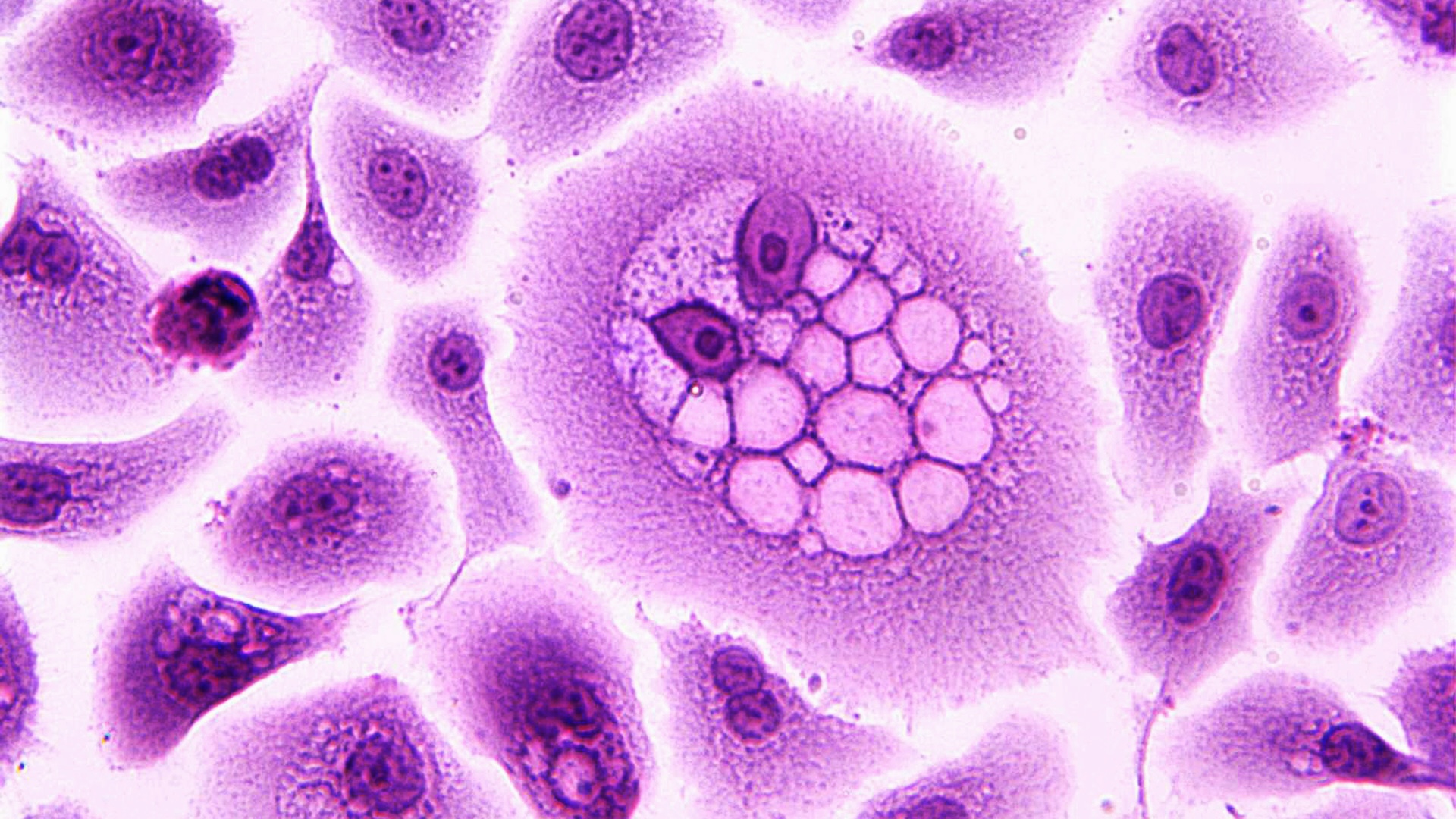Genes, Vol. 14, Pages 1211: Genome-Wide Assessment of Runs of Homozygosity by Whole-Genome Sequencing in Diverse Horse Breeds Worldwide
Genes doi: 10.3390/genes14061211
Authors: Chujie Chen Bo Zhu Xiangwei Tang Bin Chen Mei Liu Ning Gao Sheng Li Jingjing Gu
In the genomes of diploid organisms, runs of homozygosity (ROH), consecutive segments of homozygosity, are extended. ROH can be applied to evaluate the inbreeding situation of individuals without pedigree data and to detect selective signatures via ROH islands. We sequenced and analyzed data derived from the whole-genome sequencing of 97 horses, investigated the distribution of genome-wide ROH patterns, and calculated ROH-based inbreeding coefficients for 16 representative horse varieties from around the world. Our findings indicated that both ancient and recent inbreeding occurrences had varying degrees of impact on various horse breeds. However, recent inbreeding events were uncommon, particularly among indigenous horse breeds. Consequently, the ROH-based genomic inbreeding coefficient could aid in monitoring the level of inbreeding. Using the Thoroughbred population as a case study, we discovered 24 ROH islands containing 72 candidate genes associated with artificial selection traits. We found that the candidate genes in Thoroughbreds were involved in neurotransmission (CHRNA6, PRKN, and GRM1), muscle development (ADAMTS15 and QKI), positive regulation of heart rate and heart contraction (HEY2 and TRDN), regulation of insulin secretion (CACNA1S, KCNMB2, and KCNMB3), and spermatogenesis (JAM3, PACRG, and SPATA6L). Our findings provide insight into horse breed characteristics and future breeding strategies.

 1 year ago
36
1 year ago
36


